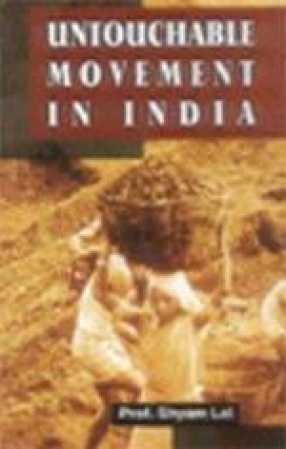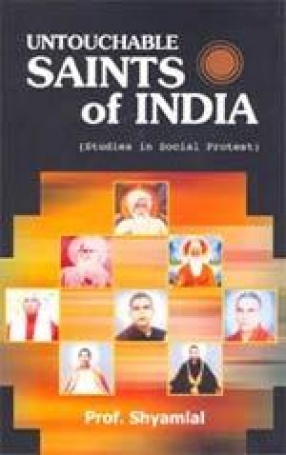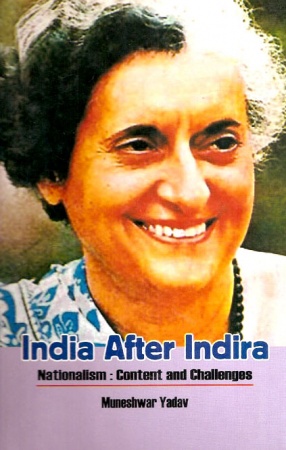All studies on social mobility have been confined to upward mobility availabe to underprivileged groups, particularly the lower castes. During the fifties, sixties and seventies a number of sociologists–Srinivas (1952), Cohn (1955), Bailey (1958), Kalia (1959), Mahar (1960), Chanana (1961), Ramratan (1961), Gould (1961), Barnabas (1961), Patwardhan (1973), Shyamlal (1973) and a few others- had reported, through their research studies, the change in the social structure and mobility pattern of the scheduled castes and scheduled tribes in the various regions of India. The concept of ‘Sanskritization’ employed by Srinivas has been popularly researched and critically examined in India but not its reverse ‘Asprashyeekaran’. The book, therefore, studies the downward mobility in India, where groups and individuals of upper castes or tribes broke away their affiliation with the parent group and culturally incorporated themselves, formally or legally, into the lower castes, acquiring altogether a new low caste identity–a phenomenon hardly reported by social scientists in general and sociologists and social anthropologists in particular.

From Higher Caste to Lower Caste: The Processes of Asprashyeekaran and the Myth of Sanskritization
In stock
Free & Quick Delivery Worldwide
reviews
Bibliographic information
Title
From Higher Caste to Lower Caste: The Processes of Asprashyeekaran and the Myth of Sanskritization
Author
Edition
1st ed.
Publisher
ISBN
8170333958
Length
191p., 22cm.
Subjects





There are no reviews yet.